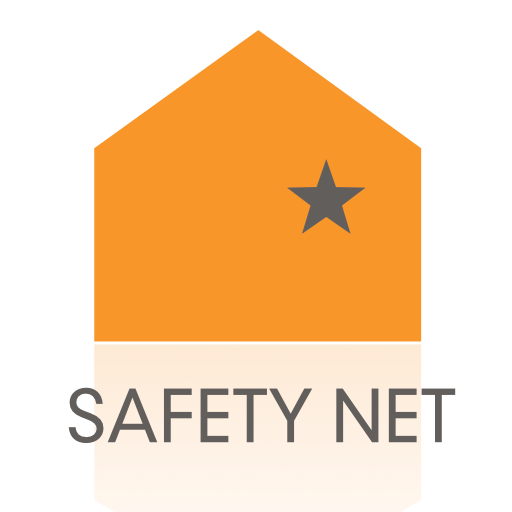Addressing Technology Misuse in the Context of Sexual Assault
/Two new resources from Safety Net discuss Technology Misuse in Sexual Assault, and offer advocates and others working with survivors a tool for Assessing Technology Misuse and Privacy Concerns.
As technology becomes woven into every aspect of society, offenders misuse the technology in sexual assault. Just as the dynamics of sexual assault differ from domestic violence, the misuse of technology looks different when sexual assault occurs outside of an intimate partner relationship.
- A youth group leader might misuse online communities to groom victims.
- A supervisor might threaten to change an employee’s file in a company database.
- A caretaker might limit access to help-seeking through technology.
- A medical provider might threaten to share embarrassing information or images gathered in the course of treatment.
- Surveillance cameras and security could be misused by a landlord to gain footage of or access to a victim.
- A law enforcement officer could misuse a database to target potential victims.
More understood examples include the explosion in the production and sharing of child pornography, or nonconsensual sharing of intimate images or footage of sexual assault of adults over the Internet.
Privacy Concerns
In addition, sexual assault cases in the public eye can generate distressing comments on news stories and social media, and some survivors may become the target of online harassment, doxing or other retaliation.
Technology and Root Causes
Online spaces amplify existing attitudes and beliefs, and so can support rape culture through memes, viral posts, revenge porn sites, etc. At the same time, online advocacy and activism efforts have used online spaces to counter rape culture through awareness, events, bystander intervention and more.




